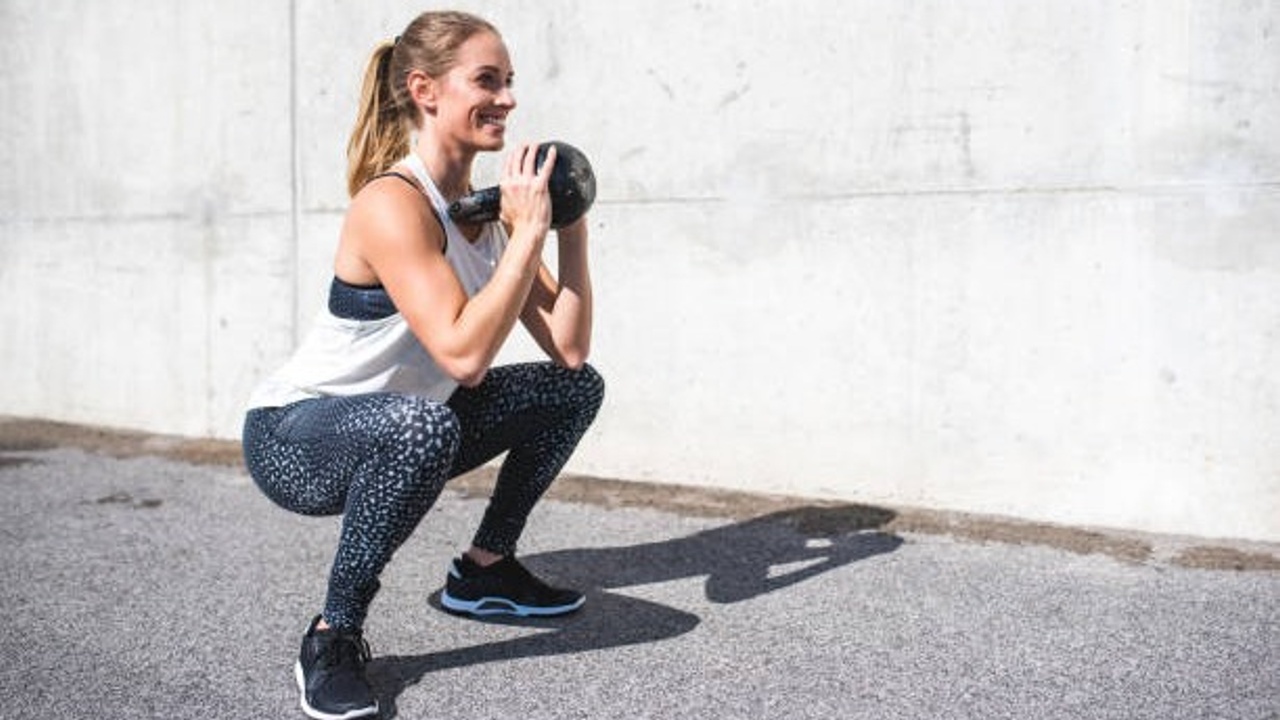3 Key Areas To Level Up Your Squat
Apr 27, 2022
Have you ever looked at a child sitting with their hips on their heels playing with a toy and said, “Wow, I wish I could do that?” Do you feel as if the floor is moving away from you, your ability to perform general tasks or moving yourself up and down seems daunting or more of a struggle. Well one reason could be that a fundamental pattern for life and development we refer to as a squat has slipped from your vocabulary or possibly the larger contributing factor is your definition.
I would bet to say that you have heard the phrase, “Don’t let your knees go passed your toes.” It would be interesting to know where those words came together on a large scale to make it a norm in our everyday training and performance world. Every functional and athletic position translates the knee forward over the toes, from walking downstairs to running up a hill to stopping in tennis on the baseline to hit a four hand. The ‘Squat’ is the first place where we start to see these mechanics show up at early development and also one of the main reasons it's in every strength and conditioning program.
The Squat comes in all shapes and sizes from two legs on your toes in a plie to a single leg pistol squat, but what remains the same is the fundamental principles and biomechanics of the position. Let’s get reacquainted with the squat and go through some key points to understand. Knowing the origin of something is vital to fully understanding how it works and why we need it. If you have lived in America for any number of years, having the luxury of modern chairs, cars and plumbing has allowed for a sub-optimal relationship of full range of motion of your hips, knees and ankles. In short, we have lost the global definition or the meaning and purpose of the ‘squat’.
To clarify, the squat is not an exercise, it is a position that a human expresses to live and function through their life. We can take that position and express it more fully with speed, power, and strength with a variety of applications, but it should always go back to the root fundamentals, as the maintenance of mobility is always number one.
So where do we start, well I could say, walk to work, don’t use modern lavatories, or sit on the floor with legs crossed and you may think that is extreme but let’s remember that the main function of the squat is changing our orientation in space. As we understand the movement, we see what muscles and areas help us move into the squatting position.
Here are three key areas to focus on to start allowing yourself to get back to proper squatting mechanics or to improve your current training program.
1. Anterior Tibialis Muscle
This muscle helps to pull the foot towards the shin and allow the lower leg to glide forward as we go into knee flexion. This very underrated area needs to be built to increase in squat progressions as well as jumping and power based lower body training.
Tibialis Anterior Banded Exercise
Tibialis Anterior Exercise on Wall
2. Hip Flexor Muscles
The hip flexors are usually not thought of when thinking of a squat but have a large role in our ability to squat. As the body lowers into a squat, the hip flexors pull the femur towards the ribcage. This is why specific core work done properly can help to improve your squatting mechanics over time.
Hamstring Bridge with Hip Flexor Emphasis
Posterior Leg Nerve Flossing
3. Adductor Muscles
The muscles on the inner leg are another area that is overlooked which is why most people have a ‘tight groin’. This muscle group plays a role in knee positioning as well as pelvic control. If this area is weak and tight, the hips and low back can be compromised and will play a part in depth of your lower body positioning.
Dynamic Adductor Slides
Remember the squat is the test so if you can’t perform it properly, let’s break it down to tasks or drills that will help you build up the capacity and then the competency of moving up and down with control. Again, these are just a few overlooked areas in most programs.
If you want more information or to see how our team of PTs and coaches can help you break down movements and exercises, give us a call at (760) 301-6566 or email us at [email protected] to schedule a complimentary discovery session. We can give you a new outlook of focusing your training on tasks, which gives a variety of movements with advancing complexity to build your skill, resiliency, and efficiency as you train.
